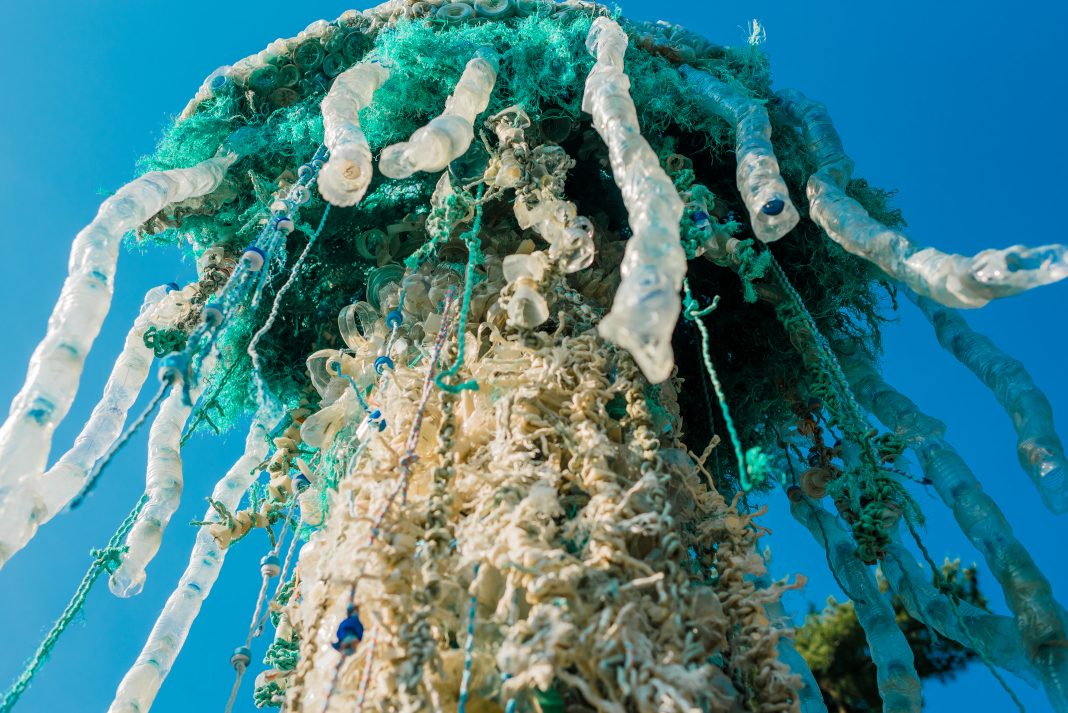With every walk along the Oregon coast, Angela Haseltine Pozzi was seeing more plastic trash wash ashore. But this artist decided to do more than just pick up the garbage. For the past few years, she has been making larger-than-life sculptures — from coral reef to octopus — entirely of plastic pollution from the ocean.

Pozzi figured that turning trash into massive works of art might get people to think more about what they can do to help protect the ocean and the animals in it. Some sculptures are 6 meters long and weigh 385 kilograms.

Thousands of volunteers of all ages pitch in through Pozzi’s organization, Washed Ashore. Some pick up the trash, others clean, sort and process it. There is so much plastic, of so many colors, that none of the sculptures are painted.

Other volunteers help to assemble the sculptures, cutting, drilling, stitching, twisting and securely attaching the plastic so that visitors can touch and feel the pieces. The group has created 65 sculptures from more than 16 metric tons of garbage, and more are in the works.

The group’s message is clear: Even small actions can make a difference in cleaning up the 286 billion metric tons of plastic pollution in the ocean. Pozzi hopes the project goes global, since the problem is global.
Some of the sculptures are currently on display at the Smithsonian’s National Zoo in Washington and the Georgia Aquarium in Atlanta.
Pozzi isn’t trying to make people feel guilty about using plastic, but to take action. There are ways to help preserve the ocean:
- The next time you go out to eat, bring from home your own containers to take leftovers.
- Donate used items to thrift stores or recycling centers.
- Bring your own reusable bag the next time you shop.
























